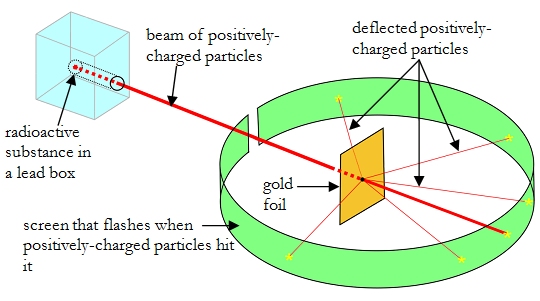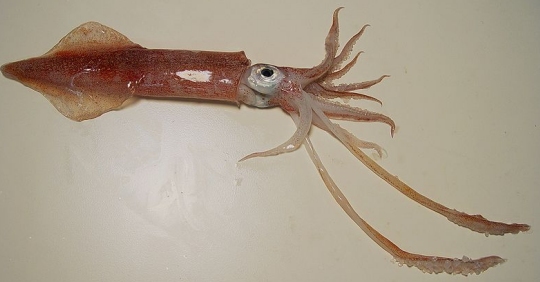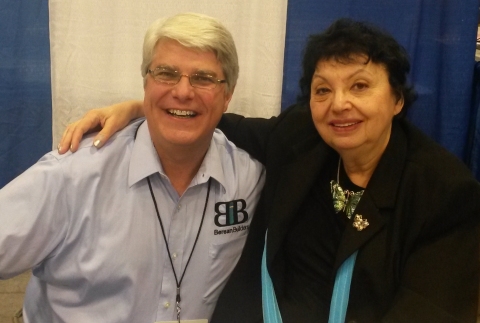
NOTE: You can get updates on the progress of this course by signing up at the publisher’s website.
If you read my review of the newest edition of Exploring Creation with Chemistry, you know that there are significant issues which make it very difficult to use in a homeschool setting. As I stated in that review, I was afraid that I was being overly harsh in my analysis, so I sent it to two other PhD chemists to look over. One of those chemists gave it to two students who had used the older edition of Exploring Creation with Chemistry and were successful in his university-level chemistry course. Based on input from those four sources, I changed the review and posted it.
In addition to sending it to the two chemists, I also sent the original review to the publisher of Exploring Creation with Chemistry on January 8th, a full month before I ended up posting my review. I asked the publisher to make the older edition available for those who would like to have a more useful version of the course. It has been more than two months, and I have heard nothing from the publisher. I suspect that the publisher has studied my review, because they posted an incomplete errata sheet for the book. It corrects many of the errors I noted, but surprisingly, not some of the major errors, such as the physically-impossible Figure 3.3 and the claim that Robert Boyle wrote The Wisdom of God Manifested in the Works of Creation.
Since my review was posted, several homeschoolers have asked for my advice regarding what they should use for chemistry next year. They share my views and don’t want to use the new edition of Exploring Creation with Chemistry. I have been recommending that they just use the older edition, but the number of copies available in the used market is declining. I have also been asked the same question by instructors who teach online chemistry classes. They don’t want to use the new edition, and they don’t think they can rely on the used market when it comes to telling their students what course to purchase.
All of this feedback led me to make this a matter of prayer. After a lot of praying, a significant number of discussions with homeschooling parents and online teachers, and some counsel from an attorney, I would like to announce that I am currently writing a new high school chemistry course that will be available on August 17th of this year.
Continue reading “A New High School Chemistry Course Available August 17th”









